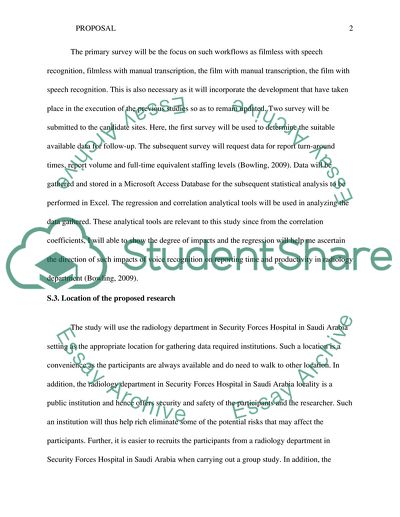Cite this document
(“Definition Methods Of Data Collection And Analysis Dissertation”, n.d.)
Definition Methods Of Data Collection And Analysis Dissertation. Retrieved from https://studentshare.org/health-sciences-medicine/1687794-the-impact-of-voice-recognition-on-reporting-times-and-productivity-in-radiology-department
Definition Methods Of Data Collection And Analysis Dissertation. Retrieved from https://studentshare.org/health-sciences-medicine/1687794-the-impact-of-voice-recognition-on-reporting-times-and-productivity-in-radiology-department
(Definition Methods Of Data Collection And Analysis Dissertation)
Definition Methods Of Data Collection And Analysis Dissertation. https://studentshare.org/health-sciences-medicine/1687794-the-impact-of-voice-recognition-on-reporting-times-and-productivity-in-radiology-department.
Definition Methods Of Data Collection And Analysis Dissertation. https://studentshare.org/health-sciences-medicine/1687794-the-impact-of-voice-recognition-on-reporting-times-and-productivity-in-radiology-department.
“Definition Methods Of Data Collection And Analysis Dissertation”, n.d. https://studentshare.org/health-sciences-medicine/1687794-the-impact-of-voice-recognition-on-reporting-times-and-productivity-in-radiology-department.


